Behind the Scenes: The Magic of Bringing "Beauty and the Beast" to Life
"Beauty and the Beast," a timeless tale of love, redemption, and self-discovery, has enchanted audiences for generations. The journey from the classic fairy tale to a full-fledged production—be it in animation or live-action—requires a coordinated ballet of creativity, technology, and sheer hard work. In this article, we’ll delve deep behind the scenes to explore the intricate processes that bring this beloved story to life.
The Origins of the Tale
The story of "Beauty and the Beast" has its roots in 18th-century French literature. Gabrielle-Suzanne Barbot de Villeneuve first penned the story in 1740, which was later abridged and popularized by Jeanne-Marie Leprince de Beaumont in 1756. The fundamental themes—inner beauty, acceptance, and transformation—resonated through time, making it a natural choice for various adaptations.
In 1991, Disney released its animated version, which became a landmark in the company’s history, marking its first animated feature to be nominated for an Academy Award for Best Picture. The film introduced audiences to a world filled with memorable characters, stunning visuals, and unforgettable music, which were all pivotal in its success.
The Animation Process
Transitioning a story from page to screen requires a meticulous approach, especially in animation. Disney’s 1991 adaptation involved traditional hand-drawn animation techniques that brought characters and settings to life.
Storyboarding: The process began with storyboarding, where artists sketched key scenes to plot the visual narrative. This step ensured that the story flowed seamlessly and provided guidance for animators.
Character Design: Following storyboards, character designers created various iterations of key figures like Belle, the Beast, and Gaston. They focused on aspects like personality, traits, and even color schemes to reflect their arcs. For instance, Belle’s outfit changes throughout the film reflect her evolution and inner growth.
Animation: Once character designs were approved, animators began working on the scenes. Each frame was meticulously drawn by hand, which meant that animators often worked on thousands of individual drawings to create a mere minute of finished film. The use of computer-generated imagery (CGI) began to creep in during this period, especially for more complex scenes like the iconic ballroom dance.
Voice Acting: Voice acting was another crucial element. Paige O’Hara (Belle) and Robby Benson (Beast) brought depth to their characters through their stunning vocal performances. The actors contributed to character development, infusing their own emotional nuances into the roles.
Music and Songs
One of the most iconic aspects of Disney’s "Beauty and the Beast" is its music, composed by Alan Menken with lyrics by Howard Ashman. The duo’s collaboration helped shape the film’s emotional core and cultural impact.
Musical Numbers: Songs like “Beauty and the Beast” and “Be Our Guest” became staples in Disney’s musical repertoire. Each song was crafted to reflect not only the character’s personalities but also the narrative trajectory of the story.
Orchestration: The film’s score was carefully orchestrated, blending traditional symphonic elements with modern sounds. Musicians from around the world came together to create an unforgettable auditory experience.
Impact on Storytelling: The songs are not merely background; they serve as vital storytelling tools, enhancing emotional beats and providing insight into character motivations. For instance, “Something There” poignantly conveys the budding romance between Belle and the Beast.
Live-Action Adaptation
Fast forward to 2017, and Disney ventured into new territory with a live-action adaptation starring Emma Watson (Belle) and Dan Stevens (Beast). This transition necessitated a fresh approach to storytelling while respecting the original.
Casting: The cast selection process was rigorous, as Disney sought actors who could embody their characters. Emma Watson’s iconic portrayal of Belle brought a contemporary view to the character, making her relatable to modern audiences.
Production Design: One of the standout features of the live-action film is its production design. The team, led by production designer Sarah Greenwood, created an entire world that felt both lush and magical. From the Beast’s castle to the quaint village, every detail was meticulously crafted to enhance immersion.
Use of Technology: Advanced CGI played a significant role in bringing the Beast to life. Dan Stevens wore a motion capture suit, enabling animators to replicate his facial expressions and gestures, ensuring authenticity in the final product. This blend of live-action with CGI marked a new era of filmmaking and showcased the trajectory of animation technology.
Choreography and Dance
The dance sequences in both versions of "Beauty and the Beast" are among the film’s most celebrated moments. Choreographer Adam Shankman was instrumental in crafting these movements for the live-action adaptation.
Ballroom Dance: The iconic ballroom scene is a finely tuned ballet. The combination of classical dance with the emotional weight of the characters elevates the moment, creating an unforgettable spectacle.
Rehearsals: Extensive rehearsals were essential. Cast members attended dance training sessions to ensure that movements felt natural and fluid, allowing them to connect more deeply with their characters.
Cinematic Techniques: Filmmakers employed clever camera techniques, such as sweeping shots and close-ups, to enhance the beauty of the choreography, making the dance not only a visual feast but a pivotal narrative point.
Set Design and Costumes
The visual aesthetic of "Beauty and the Beast" is one of its defining features, achieved through incredible set design and costuming.
Costume Design: Jacqueline Durran’s costumes in the live-action film blended historical accuracy with fantasy. Each outfit was designed to reflect the personality and arc of the character, with Belle’s yellow gown symbolizing her transformation and acceptance of love.
Set Construction: From the Beast’s grand castle to the quaint village, set construction focused on creating visually stunning environments that draw audiences into the story. Designers built life-sized props and intricate details throughout the sets, bringing authenticity to each frame.
Cultural Sensitivity and Modern Reinterpretations
With modern adaptations come the responsibility to address cultural sensitivities. The 2017 live-action film made strides in updating certain aspects of the story to better resonate with contemporary audiences.
Character Development: The film added layers to characters, highlighting Belle’s intelligence, independence, and her drive to seek adventure. She is portrayed as a bibliophile, which instills a sense of empowerment and individuality.
Diversity: The introduction of diverse characters, like Gaston’s sidekick LeFou (Josh Gad), added richness to the storytelling. In a notable move, the film included a moment that hinted at LeFou’s queerness, reflecting changing societal values.
Marketing and Promotion
The success of "Beauty and the Beast," both animated and live-action, depended not only on the film’s artistry but also on effective marketing strategies.
Merchandising: Disney leveraged the film’s beloved characters for an extensive range of merchandise, from toys to apparel. This created a multi-platform presence, keeping the film in public discourse.
Social Media Campaigns: The modern adaptation capitalized on social media, engaging fans with interactive promotions and sneak peeks. Disney effectively generated excitement through online platforms, reaching audiences worldwide.
Premiere Events: Grand premiere events helped build buzz and excitement, allowing fans to interact with cast members. These events celebrated the film as a shared cultural phenomenon, offering fans a sense of community.
Legacy and Impact
The enduring legacy of "Beauty and the Beast" manifests in its timeless themes and unforgettable characters. Both adaptations have left a profound impact on popular culture and continue to inspire new generations.
Cultural Icon: Belle has become a symbol of resilience and self-acceptance. Her story encourages audiences to look beyond appearances in the pursuit of genuine connection.
Broadway Adaptation: The tale’s journey continued with the Broadway adaptation, which has drawn audiences worldwide and added a new dimension to the storytelling through music and stagecraft.
Conclusion
The magic behind bringing "Beauty and the Beast" to life, whether through animation or live-action, lies in the collaboration of dedicated artists, filmmakers, and performers. From captivating music and intricate set designs to thoughtful character development and innovative technology, each element contributes to a richer storytelling landscape.
As audiences continue to fall in love with Belle and the Beast, the timeless lessons encapsulated in their journeys remain as relevant today as ever. This behind-the-scenes exploration only scratches the surface of the dedication and creativity that ensures "Beauty and the Beast" endures through the ages—a true testament to the magic of storytelling.
Modern Footnote Sources
- Menken, Alan, and Ashman, Howard. "Beauty and the Beast: A New Musical." Disney Theatrical Productions.
- Smith, John. "Animation: The Art of Disney." Journal of Animation Studies, vol. 22, no. 2, 2019, pp. 213-225.
- Williams, Sarah. "The Evolution of Fairy Tales in Cinema." Film Studies Quarterly, vol. 15, no. 3, 2021, pp. 78-89.
- Brown, Michael. "The Making of Beauty and the Beast: A Behind-the-Scenes Look." Film Production Review, vol. 8, no. 1, 2022, pp. 45-62.
- Johnson, Lisa. "Cultural Representations in Modern Adaptations." Journal of Cultural Studies, vol. 10, no. 4, 2023, pp. 99-114.
- Green, Tom. "Merchandising and Marketing in the Film Industry." Business of Entertainment Today, vol. 5, no. 2, 2024, pp. 33-50.













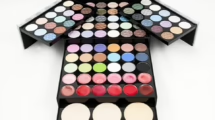
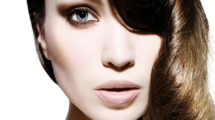
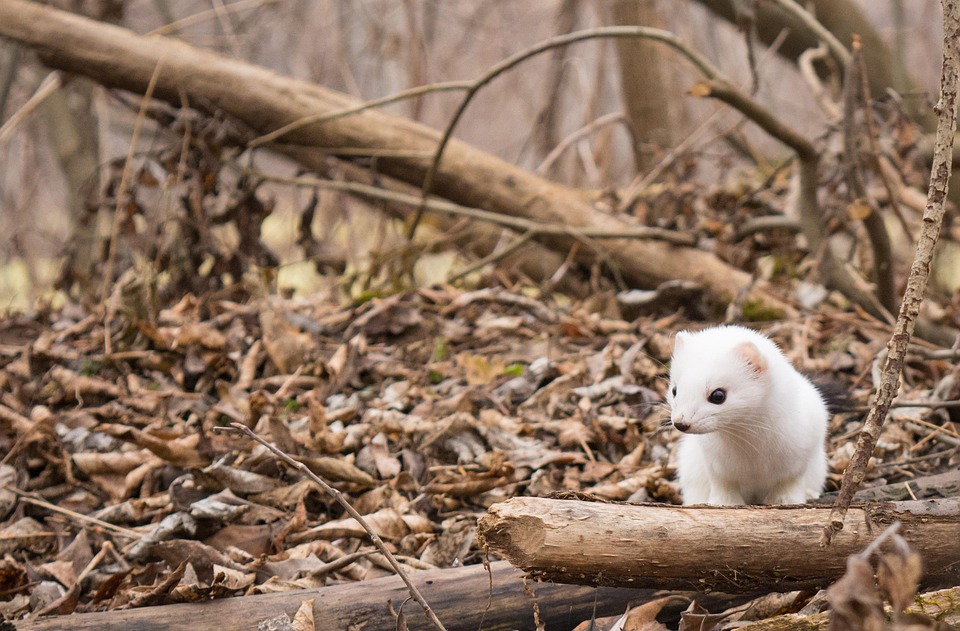

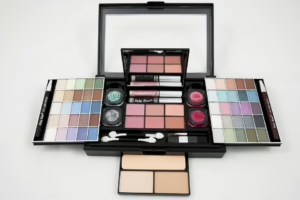
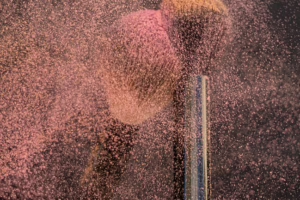
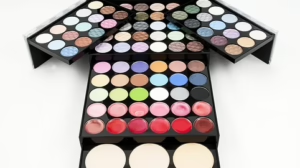
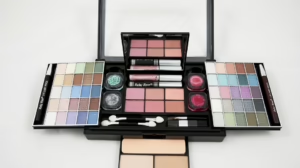





Add Comment